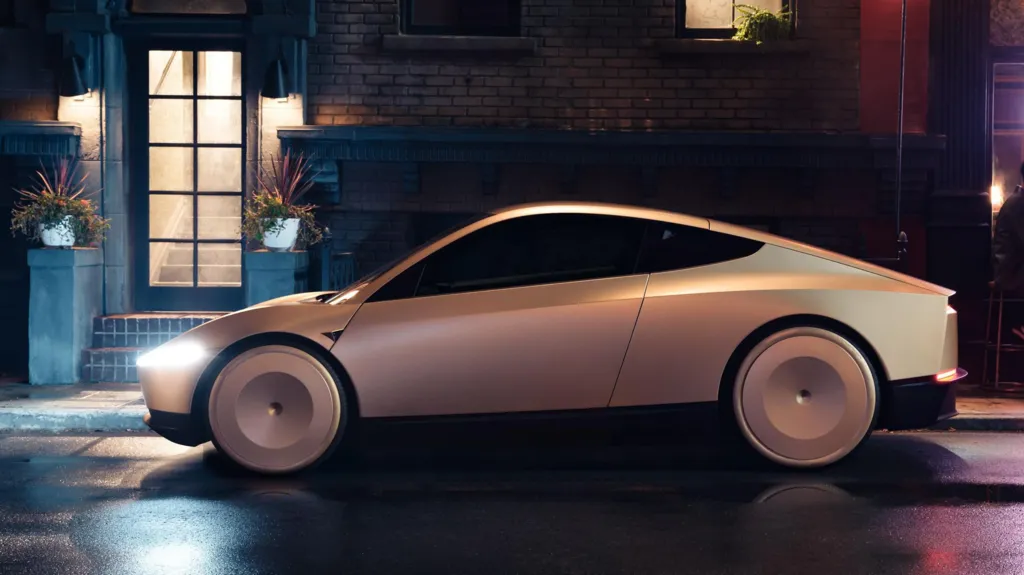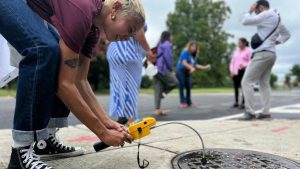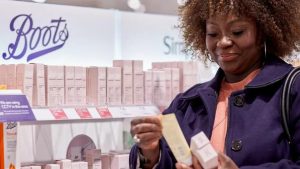
Tesla’s Vision for Autonomous Driving
Tesla boss Elon Musk has unveiled the firm’s long-awaited robotaxi, the Cybercab, at the Warner Bros Studios in Burbank, California. The futuristic-looking vehicle, featuring two wing-like doors and no pedals or steering wheel, deposited Mr. Musk in front of an audience eager to hear details about a project he considers key to Tesla’s next chapter.
Tesla’s Vision for Autonomous Driving
At the event, billed “We, Robot,” Elon Musk reiterated his view that fully self-driving vehicles will be safer than those operated by humans and could even earn owners money by being rented out for rides. The Cybercab is part of Tesla’s ambitious plan to lead the future of transportation.
However, Mr. Musk’s prediction that production would begin sometime “before 2027” has raised questions about whether he will meet his own deadlines. “I tend to be optimistic with time frames,” he quipped during the event.
He announced that the Cybercab—which will compete with rivals such as Alphabet-owned Waymo—would cost less than $30,000 (£23,000). Analysts, however, have expressed skepticism about this plan.
Cost and Challenges
Paul Miller from research firm Forrester said, “It will be extremely difficult for Tesla to offer a new vehicle at that price within that timescale. Without external subsidies, or Tesla making a loss on every vehicle, it doesn’t seem plausible to launch at anything close to that price this decade.”
Safety Concerns and Regulatory Challenges
Elon Musk also said he expected to see “fully autonomous unsupervised” technology available in Tesla’s Model 3 and Model Y in Texas and California next year, “with permission wherever regulators approve it.” However, that approval is far from guaranteed.
“It is a big chunk of metal driving on roads at high speeds, so safety concerns are big,” said Samitha Samaranayake, an associate professor in engineering at Cornell University.
Tesla’s self-driving technology relies on cameras that are cheaper than radar and Lidar (light detection and ranging) sensors—the technology backbone of many competitors’ vehicles. Tesla aims to teach its cars to drive using artificial intelligence (AI) trained by the raw data collected from its millions of vehicles.
However, the research community “is not sold on whether the Tesla style of doing things can give the safety guarantees that we would like,” Mr. Samaranayake added.
Cybercab Project Delays
The Cybercab project has experienced delays, having originally been scheduled for release in August. This summer, Elon Musk said the wait was due to design changes he deemed important. Meanwhile, other robotaxis are already operating on some U.S. roads.
Robotaxi Market Competition
The robotaxi market is expanding despite some setbacks. Competing robotaxis, like those from General Motors subsidiary Cruise, have faced challenges, with driverless cars suspended in San Francisco after a pedestrian incident. Meanwhile, Waymo recently announced plans to add the Hyundai Ioniq 5 to its robotaxi fleet, after undergoing on-road testing.
Tesla’s Vision Beyond the Cybercab
At the event, Mr. Musk also unveiled another prototype, the “Robovan,” capable of ferrying up to 20 passengers. The sleek shuttle could become another significant part of Tesla’s future transportation portfolio. “It could be a mode of transportation over the coming years that Tesla leverages,” said Dan Ives, managing director at Wedbush Securities.
Jessica Caldwell, head of insights at Edmunds, commented that while Elon Musk painted an ideal future for transportation, many practical questions remain about how Tesla will achieve this vision.
State of the Robotaxi Market
The deployment of robotaxis has faced numerous challenges, with companies working on solutions to improve safety and gain regulatory approval. Ride-hailing giant Uber is also seeking to expand its use of autonomous vehicles, forming a multi-year alliance with driverless car developer Cruise.
Chinese tech company Baidu is also reportedly looking to expand its robotaxi division, Apollo Go, beyond China, where the vehicles are currently active in several cities.
For further updates on the latest developments in the automotive world, visit BBC or explore related analysis on Kenkou Land.





